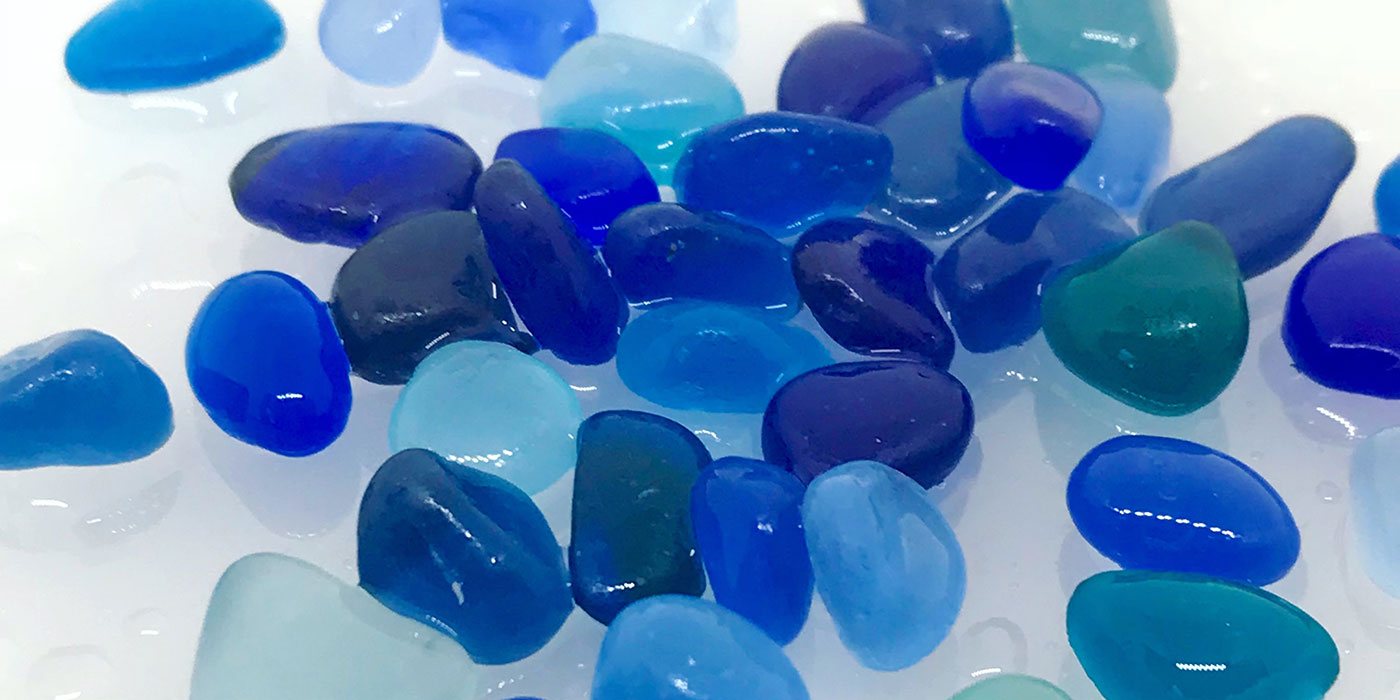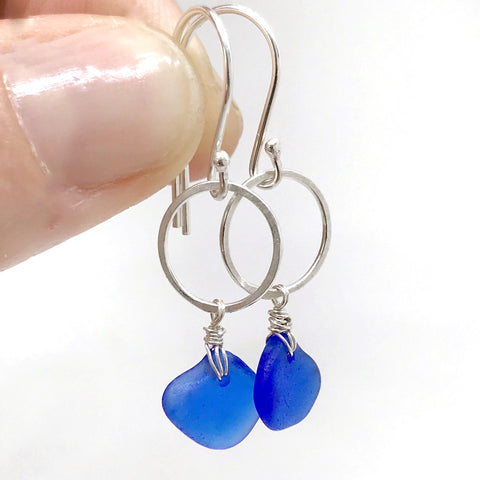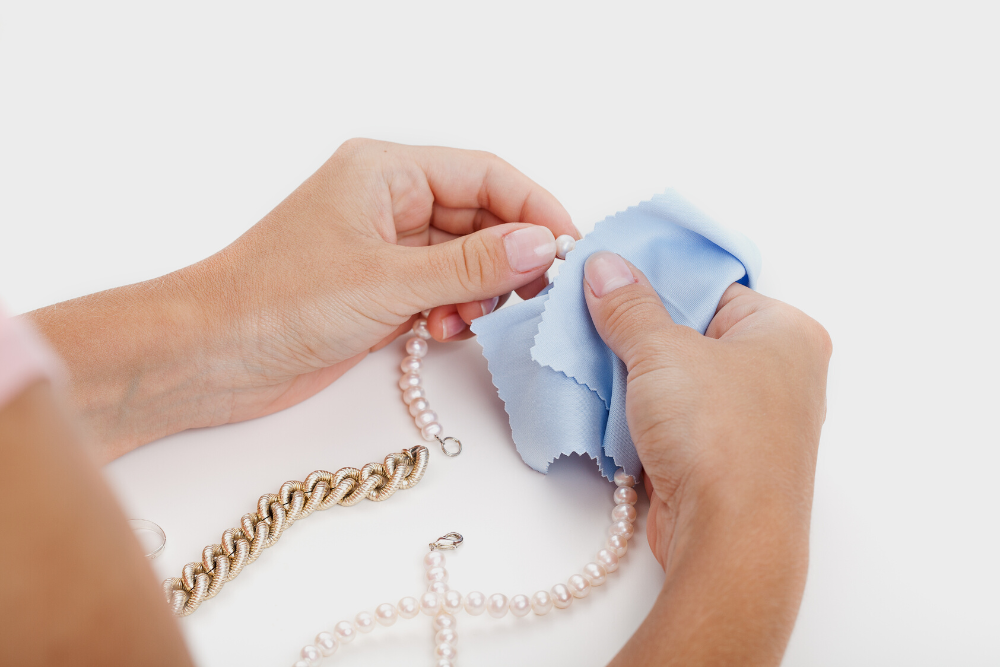For any seaglass lover, it is impossible to visit a beach without instantly scanning the shoreline for beautifully frosted nuggets of seaglass. Depending on where you are in the world you may be fortunate just to find a lovely piece of white or green beach glass, but if you happen to spot a perfect piece of bright blue hidden amongst the sand then you won't be able to contain the squeals as you fling yourself forwards to pounce on it! (this actually happened to Kriket at Seaham Beach recently!).
Arguably the most coveted of all sea glass colours are the family of blues – from rich cobalt, through to vibrant cornflower and the softest of blue, this colour has enthralled beach goers for over a century.
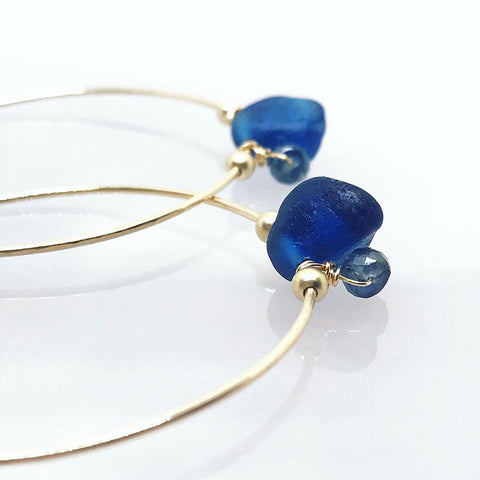

Cobalt blue pigment is derived from a natural mineral oxide and has been in use throughout history since the Ancient Egyptians and Greeks first used it in the production of ceramics, paints and glass. It has long been associated with wealth, royalty and opulence and continued to be associated with luxury through to more modern times.
By the late 1700s, cobalt blue glass became easier to produce with consistent and reliable results, so more decorative forms of blue glass were produced. Bristol in England was the centre of this 'mass' production, with over 15 glassworks producing striking blue glass tableware and objects d'art for wealthy customers, including royal families throughout Europe.
By the 19th century, cobalt blue glass was used primarily for the storage of medicine and poisons. With the dawn of the 20th century, it was produced in abundance, including a mass production of blue bottles for Bromo-Seltzer – a drug for general malaise. This company, along with Vicks Vapor Rub and Noxema used the distinctive cobalt glass bottles until the 1950s.
With the development of plastic as a cheap, easily produced and transported packaging alternative, glass production in all colours, but especially the expensive cobalt and cornflower blues, dropped off rapidly.
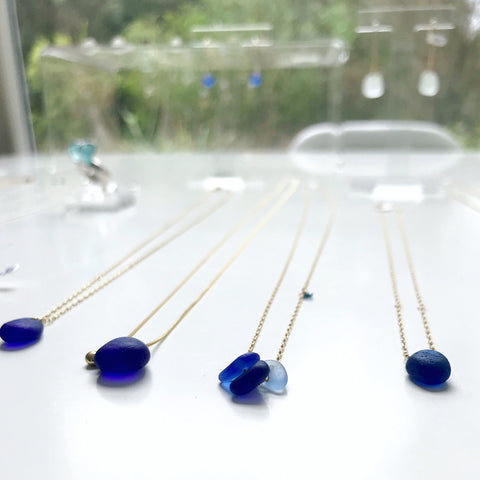
Even though cobalt blue glass has been produced consistently over the past 400 years or so, genuine naturally tumbled blue sea glass is a rare find. Real sea glass has a slightly uneven texture and a powdery frost that cannot be replicated. In fact of the whopping 4kg's or so that Kriket recently found at Seaham, only 3 pieces were blue.

It has long been believed that the colour blue protects the wearer from negative energy and harm. The colour of sea and sky, blue symbolises a sense of calm tranquility. This certainly rings true when we think of how we instantly relax after sitting down on a beach and staring out to sea.
For us, cobalt blue seaglass jewellery is a best seller. Our customers love the depth and rarity of the colour. Whether swinging from a sterling silver bangle, or hanging in a sea glass cluster from a gold chain, the bright blue adds a pop of colour to any outfit. Click on the silver and blue earrings below or the gold bangle above to take a closer look.
